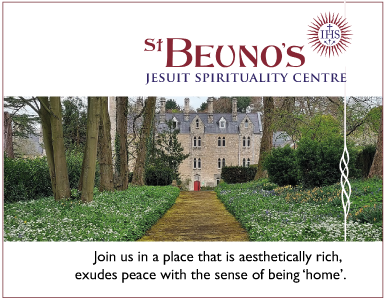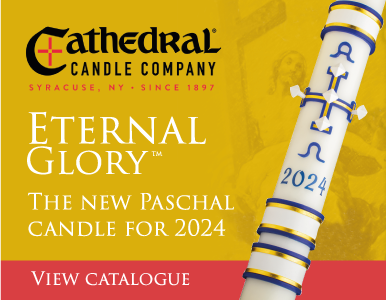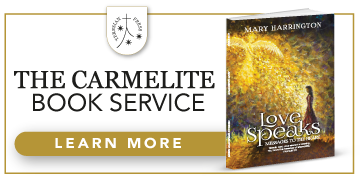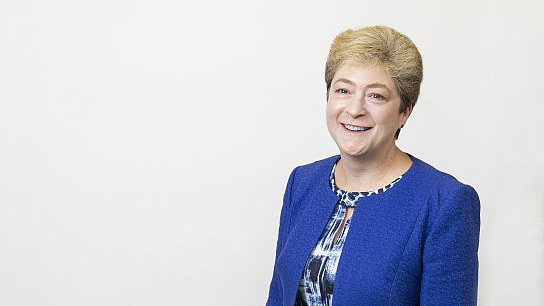Sorry, no records were found. Please adjust your search criteria and try again.
Sorry, unable to load the Maps API.
Amanda Francis of Buzzacott reflects on governance for religious congregations and, with the aging of religious communities, offers suggestions for ways in which religious institutes can adapt to continue to thrive.
The past few decades have seen many changes for religious congregations in the United Kingdom. Since the 1960s, there has been a decline in new vocations to the point today where we see very few individuals committing themselves to religious life lived in Community. The impact of this has been a decline in numbers and an aging religious, with the average age now being in the early 80s.
Inevitably, this has affected the work and ministry of congregations and their members. Over the past twenty or so years, there has been a withdrawal from owning and operating large “works” such as schools, care homes, hospitals, etc., with many of these passed across to independent charities although, in some cases, the congregation may still have some involvement or connection.
For many congregations, the key issues facing them today involve caring for their elderly members and governance.
Caring for elderly and/or frail members is becoming a serious worry – emotionally, financially, and logistically. Some congregations have their own care homes or specialist units where older members can be cared for, often by lay staff. Others have taken the very difficult step to move members into homes operated by other religious or by other organisations. This has led to greater collaboration with other congregations and sometimes those congregations joining canonically. There is no easy answer.
Most congregations in this country operate through a registered charity. The decline in the number of religious means that many congregations believe they are faced with fewer members who are willing and able to act as charity trustees.
As a result, many congregations are considering either the appointment as trustees of members of their congregation who live overseas or the appointment of lay trustees, i.e., people who are not members of the congregation itself but may be members of other congregations as well as members of the public. The consideration of either of these is likely to lead to an assessment of whether the legal structure of the congregational charity is appropriate.
Many congregational charities were set up as charitable trusts. Whilst this legal form has worked well over the past sixty years, the appointment of overseas members or lay people as trustees may lead to potential problems for a charitable trust, such as: demonstrating title to assets; protection from liability for individual trustees; and the residency and taxation status of the charity. As a result, many religious congregations have converted their charity from a charitable trust to a Charitable Incorporated Organisation (CIO) in recent years. If this is something that congregations have not yet considered, they are strongly advised to give it thought.
The involvement of lay trustees is not a decision to be taken lightly. There are various advantages, including:
- An infusion of new ideas and constructive criticism;
- an outsider’s perspective on the future of the charity;
- and skills and expertise.
However, there are also disadvantages to having lay trustees:
- They may seek to overturn established practices;
- they may fail to understand the distinction between the charity and the congregation and seek to interfere in the life of the congregation and its canonical/internal governance;
- and they are not members of the “family” who have grown together as members of the congregation and so will lack a real understanding and deep knowledge of the congregation, its history, its people and its purpose.
For these reasons, it is important to give due discernment to any decision to appoint a lay trustee. It is also necessary to establish whether changes are needed to the congregation’s statutes and/or the charity’s governing document. Induction is crucially important in the context of lay trustees – enabling them to get to know the charity, the congregation, its work, its charism and its people. They will also need to understand their legal responsibilities.
Finally, all congregations are urged to think hard before appointing lay trustees – often, trusteeship is not the onerous task: it’s the charity management. Religious trustees or leadership teams have traditionally carried out three roles –pastoral, management and as trustees. This may need to be rethought in the future.
The pastoral role means taking personal responsibility for the care and welfare of members, including their spiritual welfare. This will always require significant input from the Provincial or Congregational Leadership Team. It is highly personal, and the writer is not convinced that this role can ever be fulfilled by a lay person.
The management role is interesting because it is often wrongly confused with that of a trustee. Essentially it involves the day-to-day oversight of operations and administration. Whilst it may involve some challenges, this role should be relatively easy to delegate to lay people with the appropriate levels of delegated authority and internal control. It requires the employment of individuals to take responsibility for areas such as finance, grants administration and general management – including provincial office tasks and the administrative role surrounding care, property, regulatory compliance, etc.
Finally, the trustee role is that of accepting ultimate responsibility, focusing on strategy and ensuring good governance. It is about congregations being “in control of their own destiny”. In reality, the trustee role should not be too time-consuming, provided the management role is properly delegated. It can always be supported by a committee of lay advisers – there to advise and assist without becoming the decision-makers. The writer strongly believes that trusteeship should be something that the province and the congregation hold on to for as long as possible before possibly involving a minority of lay people – ideally as advisers.
More information and advice on the topics raised in this article, including consideration of charitable trust vs CIO, the induction of lay trustees, and other important matters, can be found within the Embracing Change and Consecrated Life publications and through watching the Walking in Partnership videos. Buzzacott and Stone King co-created this trilogy of content to support religious orders navigate, change, and successfully continue their journey.
Amanda Francis
Buzzacott LLP




































